


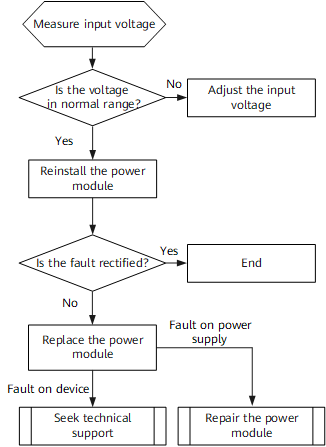

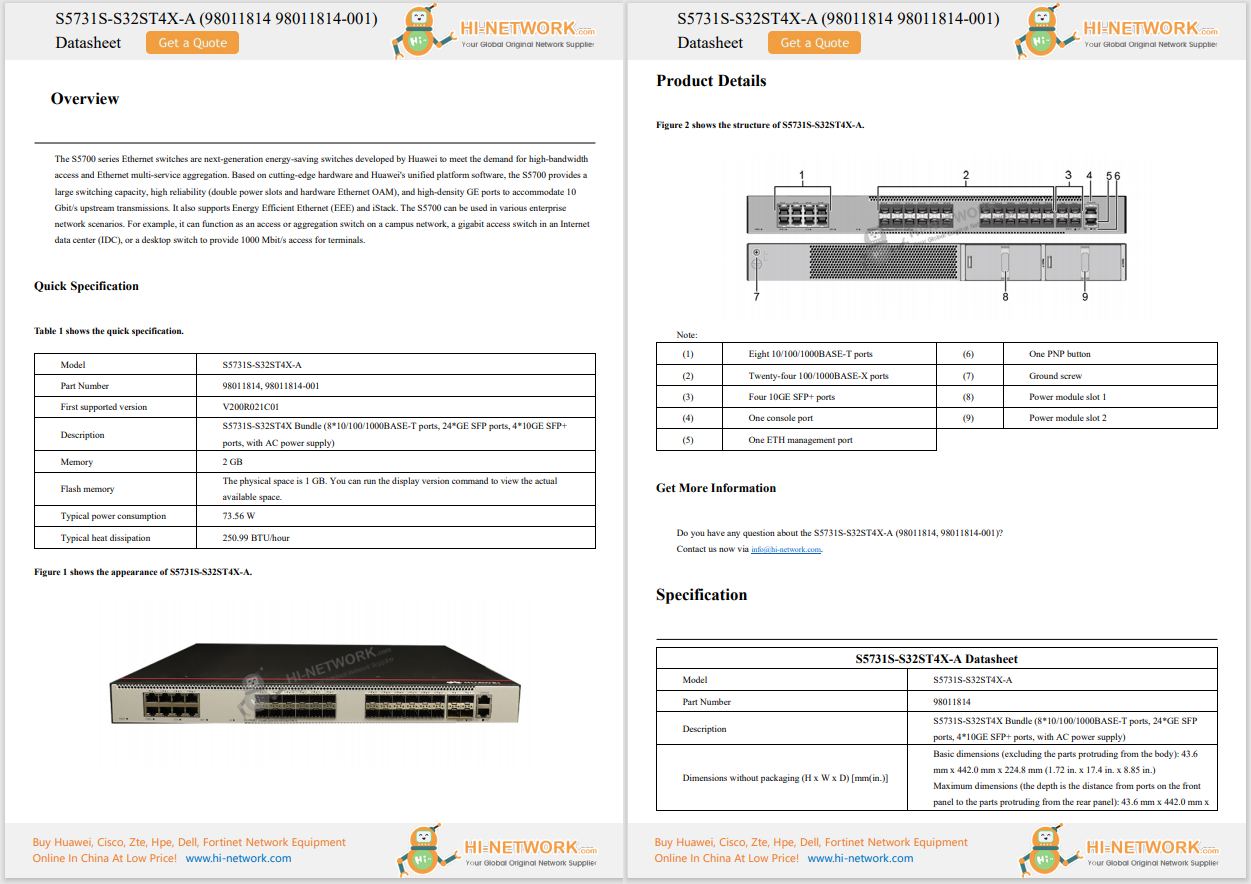

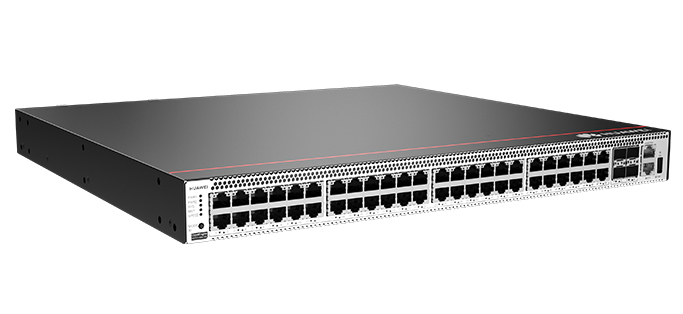
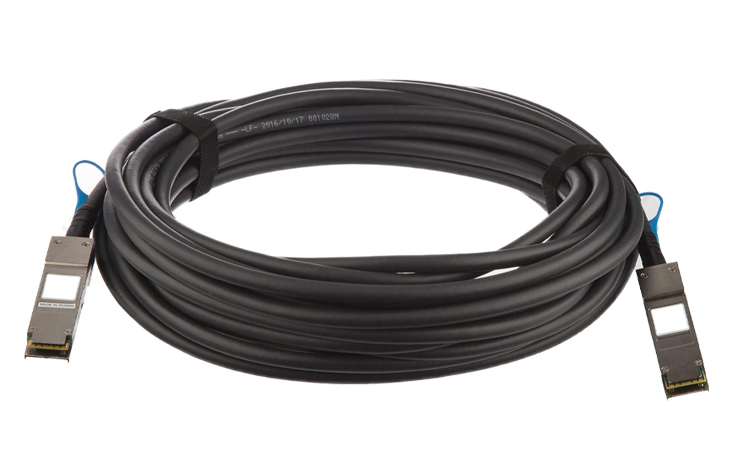
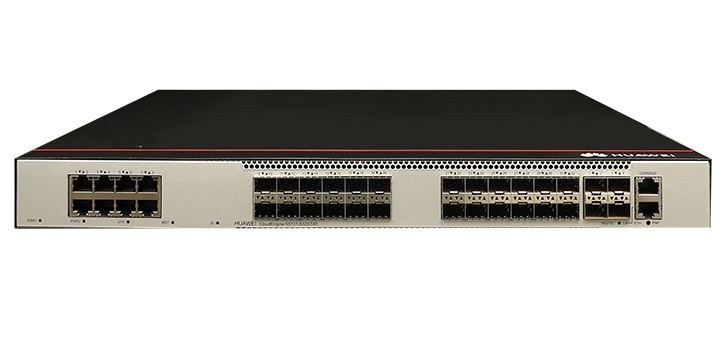



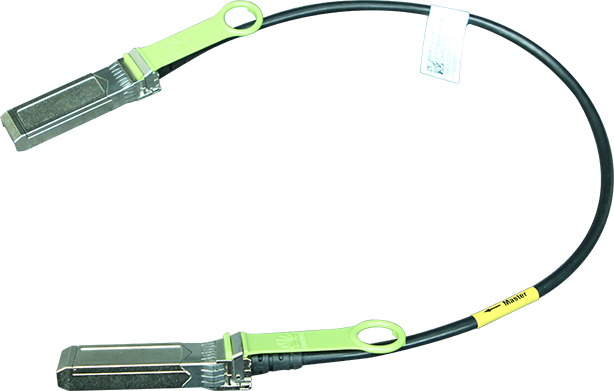
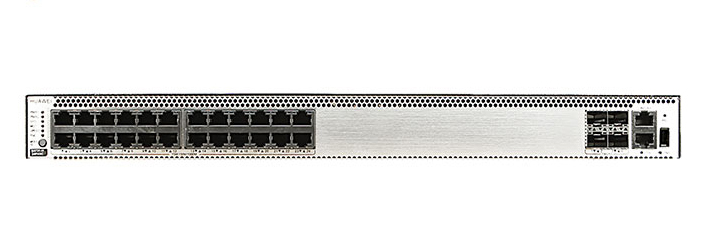



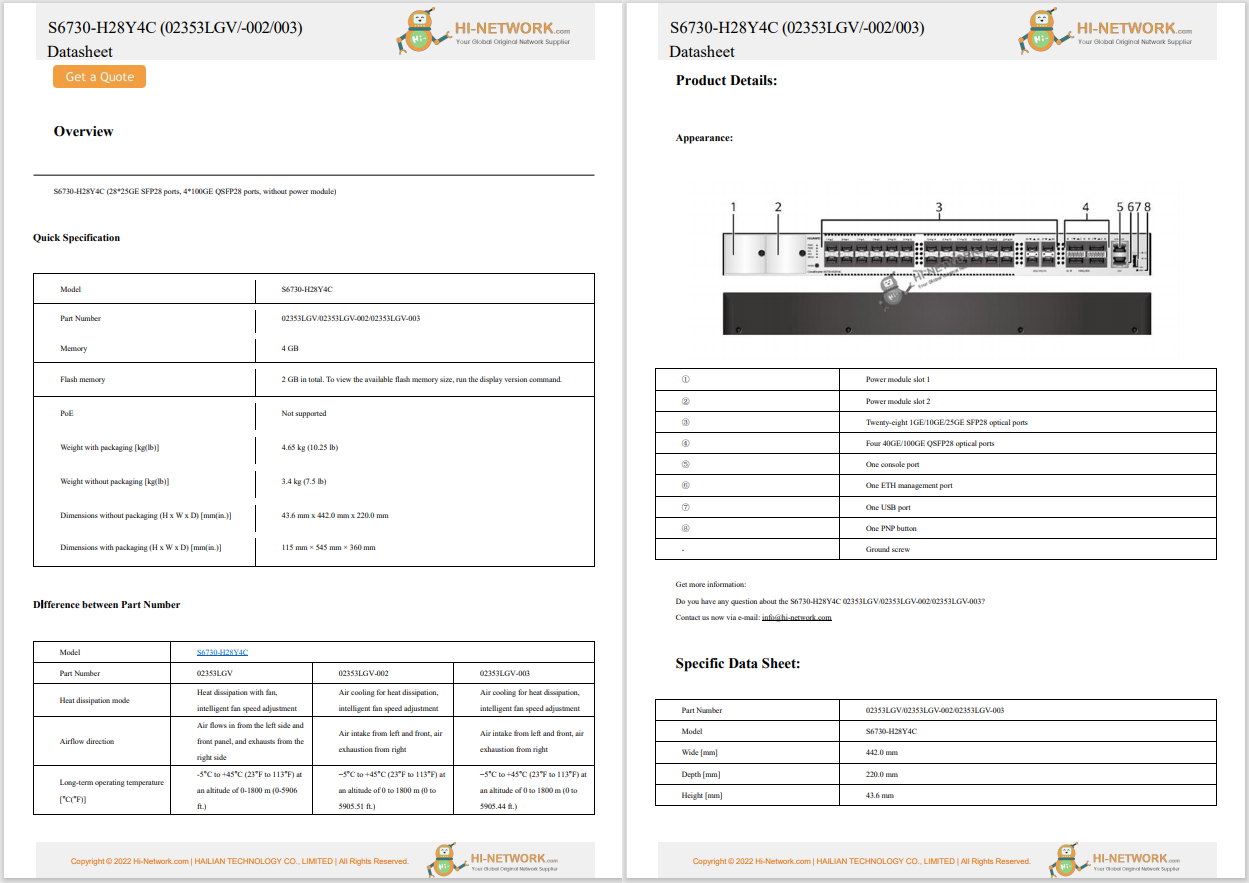

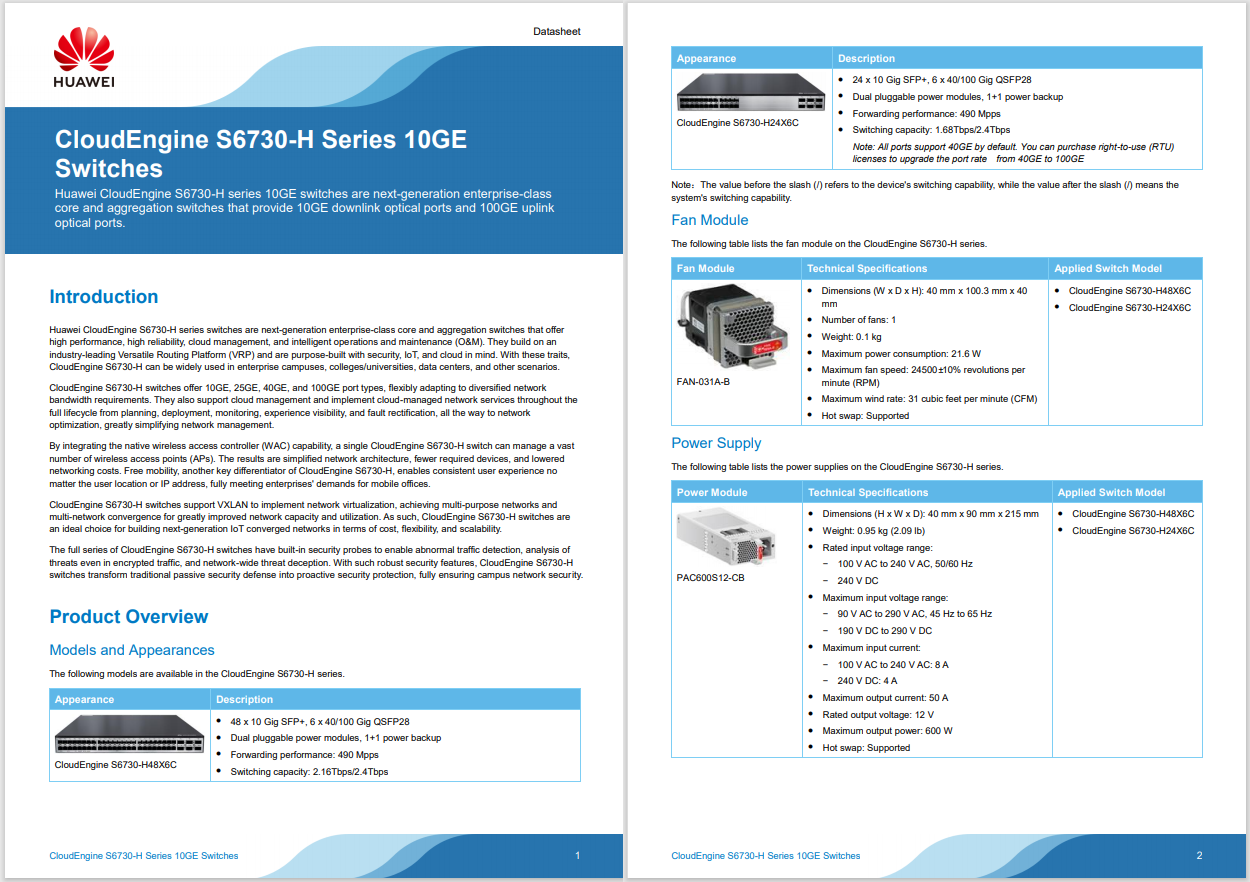
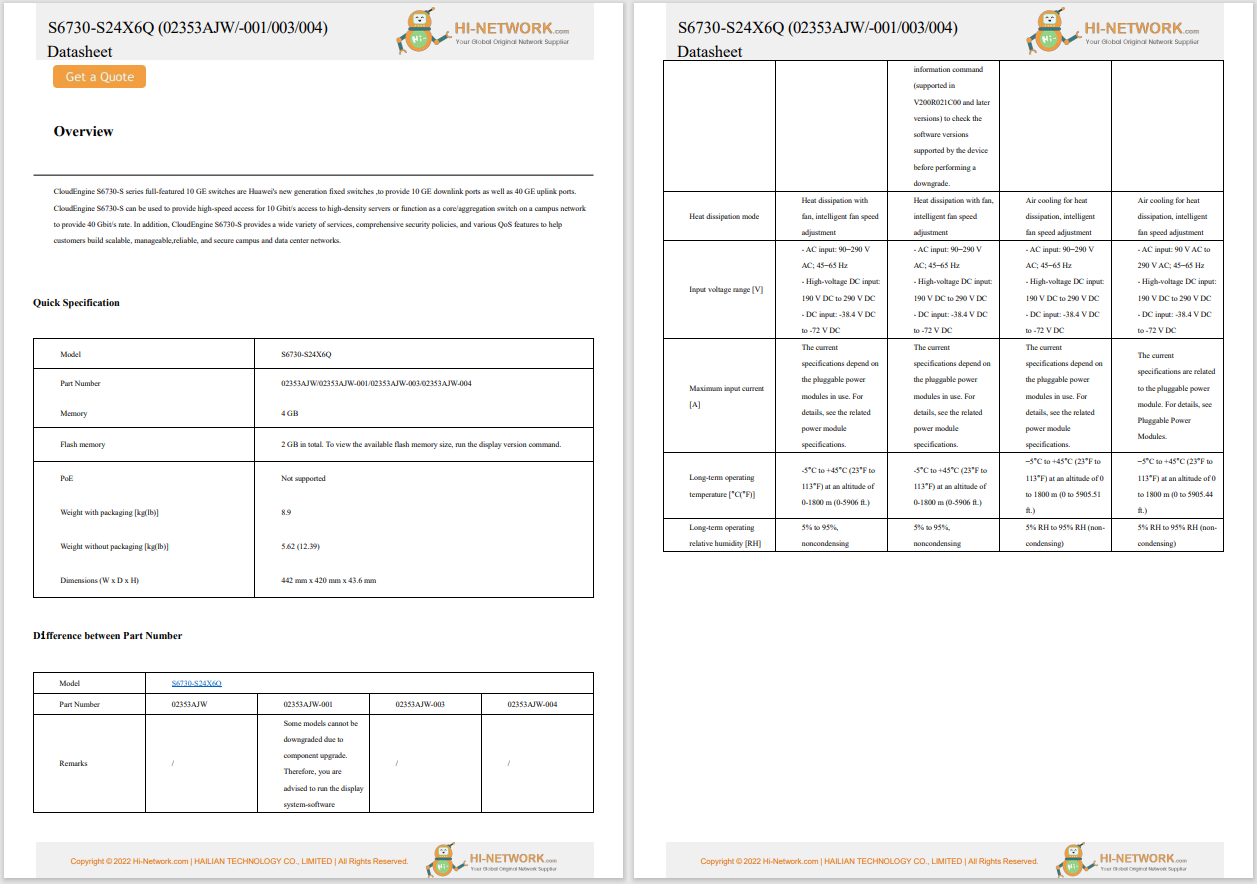

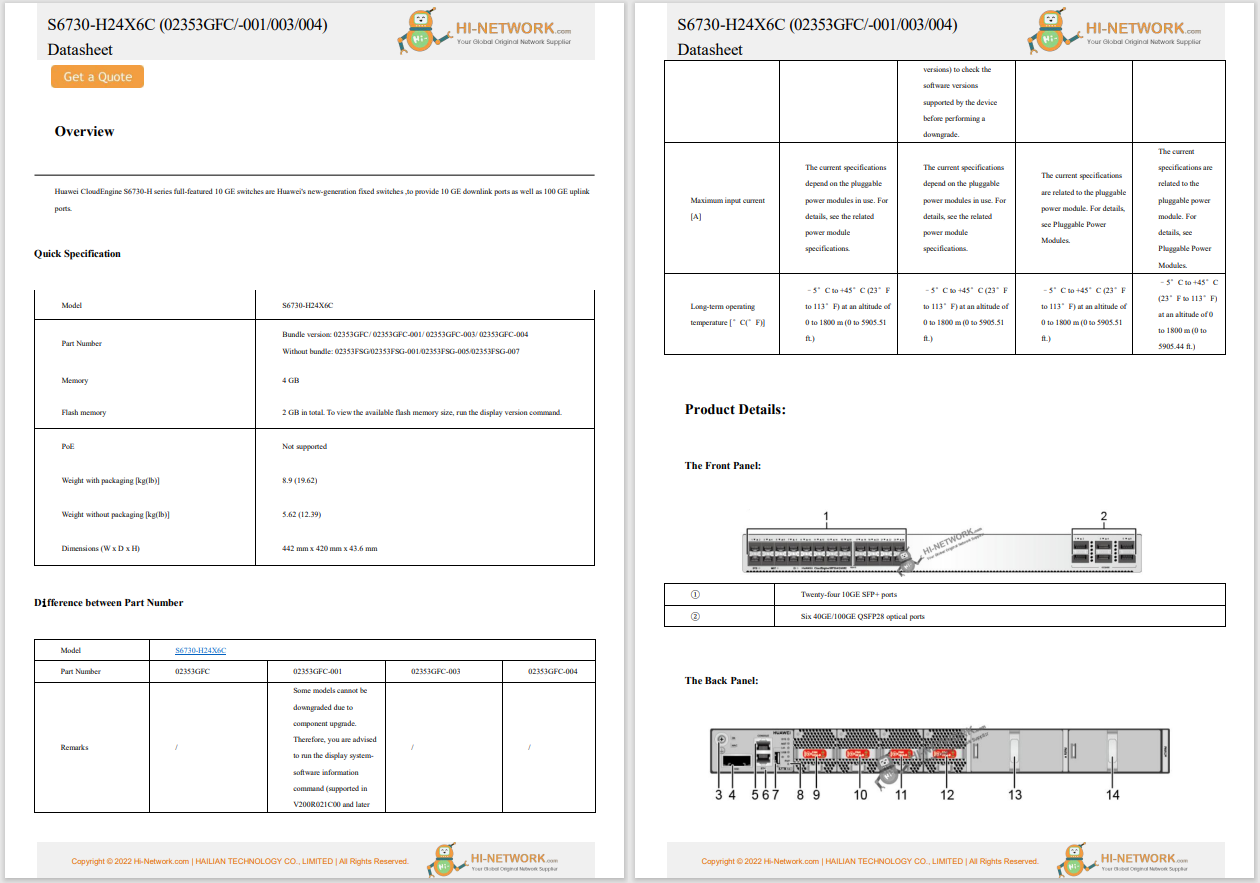
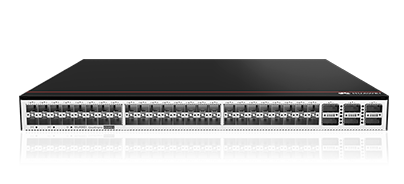
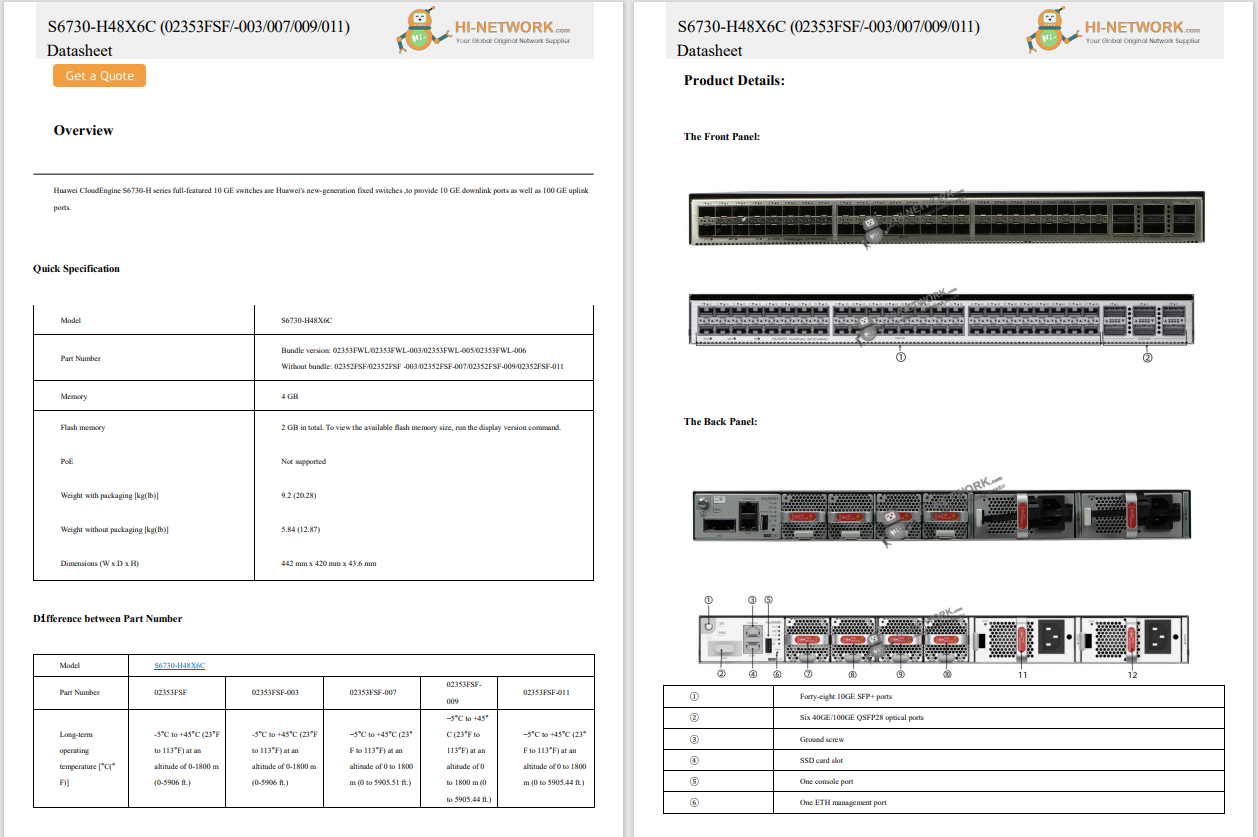
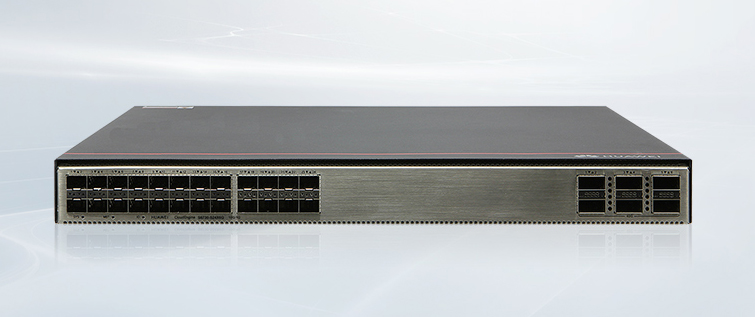



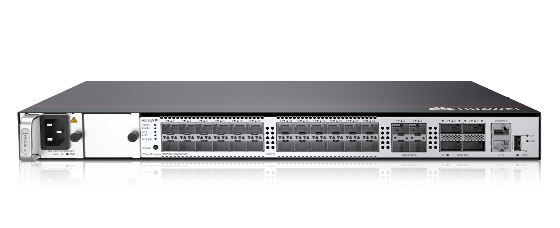


OpenAI is now bringing GPT-4.1 to the Plus, Pro, and Team tiers of ChatGPT. GPT-4.1 was previously available only to API users. Since I'm throwing a whole lot of buzzwords at you, let's spend a minute deconstructing all these terms.
OK, so that should bring you up to speed. Back in April, OpenAI released GPT-4.1 for developers to use via the API. That's roughly the equivalent of Ford coming out with a new engine but selling it only to mechanics to put in custom cars.
Now OpenAI is releasing GPT-4.1 for use in ChatGPT. This is basically like Ford selling the engine to car buyers as an upgrade option when they pick up their new Mustang.
Also: I test a lot of AI coding tools, and this stunning new OpenAI release just saved me days of work
Plus, Pro, and Team tiers are the for-pay versions of ChatGPT, usually with better features or more usage capabilities than the free version. Sadly, I don't have a really good car analogy here, except to say that (and this is a stretch) it's like offering a car feature only to fleet buyers.
An easy answer is that GPT-4.1 is the new, better version of GPT that exceeds the performance of the more mainstream GPT-4o.
Give me a minute here. It's time to hurt your brain. Hey, my brain hurts, so I might as well share the joy.
There was once GPT-1 and then GPT-2. That made sense. But since then, OpenAI has released GPTs called GPT-3.5, GPT-3.5 Turbo, GPT-4 Turbo, GPT-4o, GPT-4o Mini, o1, o1-mini (with a dash, lower case "m"), o1 pro (no dash), o3-mini, o3-mini-high, GPT-4.5, GPT-4.1 (which is newer than GPT-4.5, because, go figure), o3, o4-mini, o4-mini-high, and, well, isn't that enough?
I mean, seriously, OpenAI. What the living heck-bomb are you thinking?
Don't try to understand where one GPT fits compared to another by its version number. There is some internal method to the madness, but thinking about it will hurt and yield you no useful information. In practice, there are big differences in terms of how much compute power is used and how big a problem they can solve, but those nuances are mostly of concern to programmers who are paying OpenAI based on their usage.
Also: The best AI for coding in 2025 (including two new top picks - and what not to use)
For chat users, I've found it's just easier to recommend you think of each like a car model name, each with its own characteristics.
Today, we're going to mostly talk about two models, GPT-4o and GPT-4.1. GPT-4o is the fully multimodal (text, images, audio as input and output) version of GPT that has been in mainstream use by paying ChatGPT customers for about a year. Free-tier users are also using GPT-4o but with restrictions (free users can't ask ChatGPT to generate images, for example).
The big news is that GPT-4.1 is better at tasks related to software development. I haven't had a chance to test that hands-on, but I'll share with you some of OpenAI's test results and some anecdotal reports by API users who moved from GPT-4o to GPT-4.1.
OpenAI does a series of tests to benchmark accuracy in a variety of areas, including coding, instruction following, and long context.
Source: OpenAI
Coding is pretty self-explanatory.
Instruction following means how well the AI follows instructions. For example, my Yorkie-Poo pup has an instruction-following rating of something under 1% (unless there's a treat in evidence). GPT-4.1 scored a 38.3% rating -- which, at less than half the time, isn't that much more than my dog. That's something to keep in mind when relying on an AI.
Also: How to turn ChatGPT into your AI coding power tool - and double your output
Long context implies the size of the challenge. This judges how well an AI can look at large problems, across a variety of media types, and render a result.
In all cases, a higher number is better. GPT-4.1 has higher numbers than GPT-4o.
OpenAI shared some statements about GPT-4.1 accuracy from programmers using the LLM's API.
Parul Pandey says, "GPT-4.1 reads fewer unnecessary files, writes fewer junk changes, and doesn't blabber as much." I'm all for reduced blabber!
Phil Franco says, "Just tried the 1M context on GPT-4.1 with my entire project codebase. Found bugs I didn't know existed and suggested architecture improvements that would've taken weeks to figure out."
Karen Puah says, "GPT-4.1 is more obedient, better at staying on task, great with tools and long-form input, and capable of autonomously solving problems with the right instructions. If you're working on a custom GPT, autonomous agent, code assistant, or enterprise chatbot, this upgrade is gold."
Also: How to use ChatGPT freely without giving up your privacy - with one simple trick
The bottom line for GPT-4.1 seems to be more of the same, but better. Given that the improved offering now comes baked into all of the ChatGPT pay versions -- for those who are contributing to OpenAI's$415 million monthly revenue stream -- better is better.
Have you had a chance to explore GPT-4.1 yet? How do you think it compares to GPT-4o in your own use cases? If you're doing software development or using custom GPTs, do you see meaningful improvements? Do you think the added accuracy and task focus are worth upgrading to a paid tier? Let us know in the comments below.
You can follow my day-to-day project updates on social media. Be sure to subscribe to my weekly update newsletter, and follow me on Twitter/X at @DavidGewirtz, on Facebook at Facebook.com/DavidGewirtz, on Instagram at Instagram.com/DavidGewirtz, on Bluesky at @DavidGewirtz.com, and on YouTube at YouTube.com/DavidGewirtzTV.
Get the morning's top stories in your inbox each day with ourTech Today newsletter.
 Etiquetas calientes:
innovación
Etiquetas calientes:
innovación